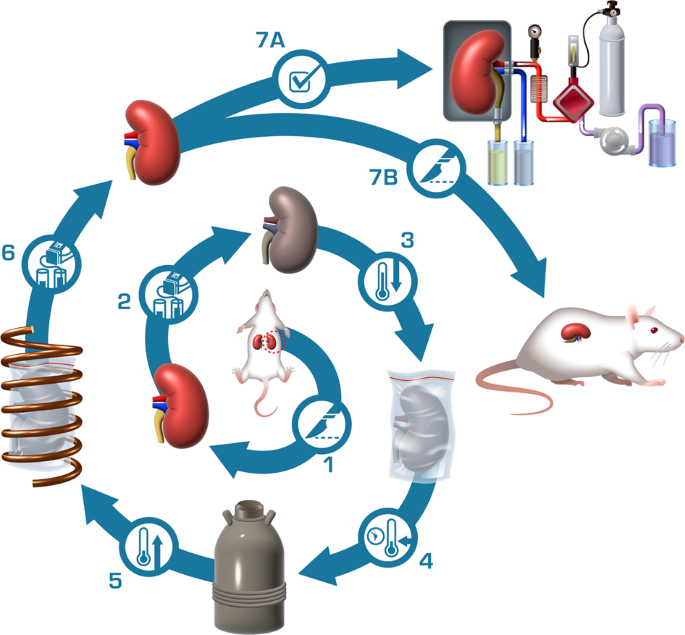2023-06-22 バージニア工科大学(VirginiaTech)
◆細胞は繊維ネットワーク上を移動するために、その繊維に密着する必要があります。研究では、グリオブラストーマとカルシノーマの細胞を分析し、その運動機構と細胞全体の反応を調査しました。特に、細胞の形状を制御するタンパク質が細胞の移動に重要な役割を果たしていることが分かりました。
◆この研究は、がんの成長や転移に関連する細胞の移動を制御する新たな治療法や薬剤開発の進展につながる可能性があります。
<関連情報>
- https://news.vt.edu/articles/2023/06/eng-me-nain-cancer-cells-tightrope.html
- https://onlinelibrary.wiley.com/doi/10.1002/advs.202207368
アクチンフィラメントが、1次元ファイバー上の細胞の移動において、I-BARドメインタンパク質IRSp53を介して突起先端を核に結合させる Actin Filaments Couple the Protrusive Tips to the Nucleus through the I-BAR Domain Protein IRSp53 during the Migration of Cells on 1D Fibers
Apratim Mukherjee, Jonathan Emanuel Ron, Hooi Ting Hu, Tamako Nishimura, Kyoko Hanawa-Suetsugu, Bahareh Behkam, Yuko Mimori-Kiyosue, Nir Shachna Gov, Shiro Suetsugu, Amrinder Singh Nain
Advanced Science Published: 25 January 2023
DOI:https://doi.org/10.1002/advs.202207368

Abstract
The cell migration cycle, well-established in 2D, proceeds with forming new protrusive structures at the cell membrane and subsequent redistribution of contractile machinery. Three-dimensional (3D) environments are complex and composed of 1D fibers, and 1D fibers are shown to recapitulate essential features of 3D migration. However, the establishment of protrusive activity at the cell membrane and contractility in 1D fibrous environments remains partially understood. Here the role of membrane curvature regulator IRSp53 is examined as a coupler between actin filaments and plasma membrane during cell migration on single, suspended 1D fibers. IRSp53 depletion reduced cell-length spanning actin stress fibers that originate from the cell periphery, protrusive activity, and contractility, leading to uncoupling of the nucleus from cellular movements. A theoretical model capable of predicting the observed transition of IRSp53-depleted cells from rapid stick-slip migration to smooth and slower migration due to reduced actin polymerization at the cell edges is developed, which is verified by direct measurements of retrograde actin flow using speckle microscopy. Overall, it is found that IRSp53 mediates actin recruitment at the cellular tips leading to the establishment of cell-length spanning fibers, thus demonstrating a unique role of IRSp53 in controlling cell migration in 3D.


